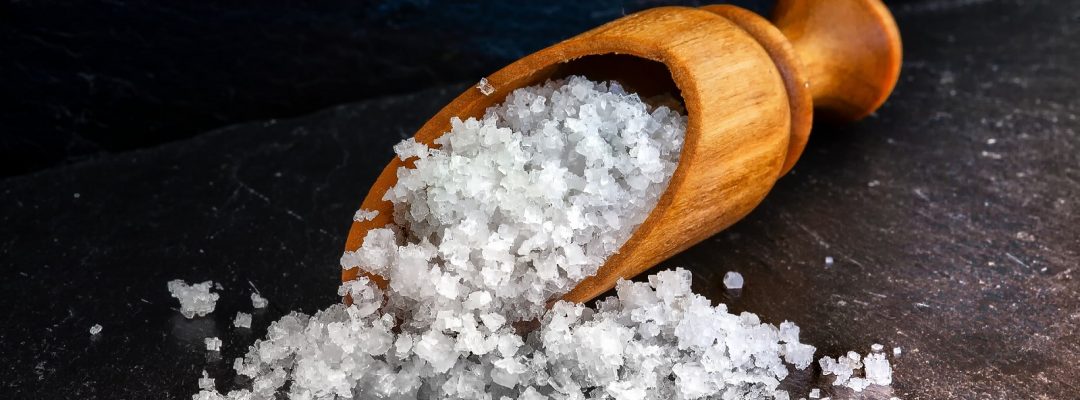Researchers at Queen Mary University of London, University of Cambridge and Max Planck Institute for Solid State Research found that adding salt to the inside of a supermolecular sponge and then baking it at a high temperature transformed the sponge into a carbon-based structure.
Surprisingly, the salt reacted with the sponge in special ways and turned it from a homogeneous mass to an intricate structure with fibres, struts, pillars and webs. This kind of 3D hierarchically organised carbon structure has proven very difficult to grow in a laboratory but is crucial in providing unimpeded ion transport to active sites in a battery.
The researchers demonstrated that the use of these materials in lithium-ion batteries not only enables the batteries to be charged-up rapidly, but also at one of the highest capacities. Due to their intricate architecture the researchers have termed these structures ‘nano-diatoms’, and believe they could also be used in energy storage and conversion, for example as electrocatalysts for hydrogen production.
Project leader Dr Stoyan Smoukov, from Queen Mary’s School of Engineering and Materials Science, said: “This metamorphosis only happens when we heat the compounds to 800°C and was as unexpected as hatching fire-born dragons instead of getting baked eggs in the Game of Thrones. It is very satisfying that after the initial surprise, we have also discovered how to control the transformations with chemical composition.”
The supermolecular sponge used in the study is also known as a metal organic framework (MOF) material. These MOFs are attractive, molecularly designed porous materials with many promising applications such as gas storage and separation.
Dr R Vasant Kumar, a collaborator on the study from University of Cambridge, commented: “This work pushes the use of the MOFs to a new level. The strategy for structuring carbon materials could be important not only in energy storage but also in energy conversion, and sensing.” Tiesheng Wang, from University of Cambridge, added: “Potentially, we could design nano-diatoms with desired structures and active sites incorporated in the carbon as there are thousands of MOFs and salts for us to select.”

















